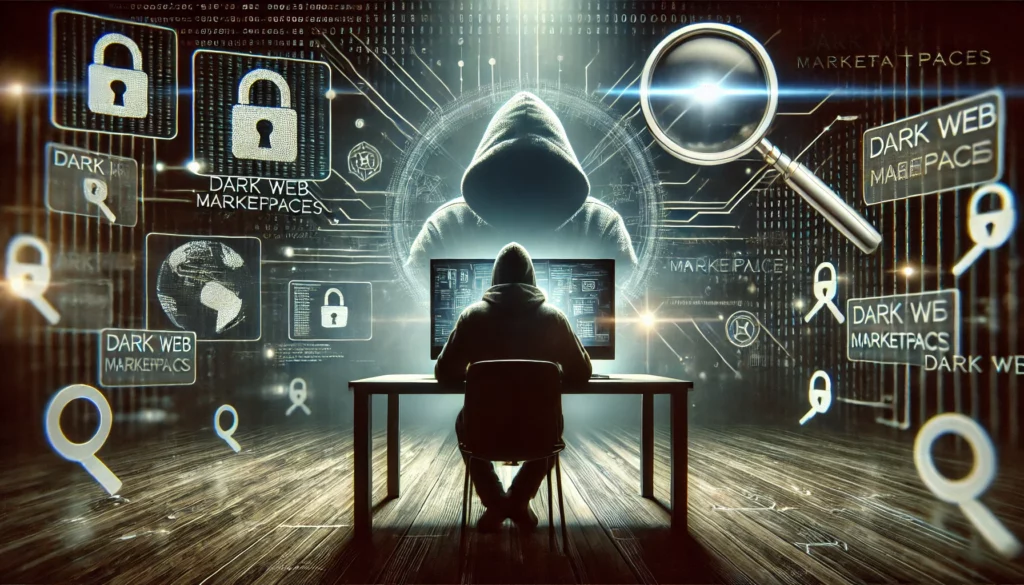Deepfakes, which refer to manipulated video and audio recordings designed to deceive others, have been gaining notoriety in recent years. Initially, they were used for entertainment purposes, such as creating convincing celebrity impersonations or inserting fake reactions into historical footage. However, their use has now shifted towards more sinister intentions.
The dark web has become a hub for deepfake activity, with malicious actors using these manipulated recordings to spread disinformation and perpetuate deception. This can have serious implications on cybersecurity, as it can be used to:
- Impersonate high-profile individuals: Deepfakes can be used to create convincing videos of world leaders, celebrities, or other influential figures saying or doing things that they never actually said or did. This can lead to a loss of credibility and damage to personal and professional reputations.
- Spread misinformation: Manipulated recordings can be used to spread false information, propaganda, or disinformation, potentially influencing public opinion, elections, or decision-making processes.
- Compromise security systems: Deepfakes can be used to create convincing fake authentication videos, allowing attackers to bypass security measures and gain unauthorized access to sensitive systems or data.
- Perpetuate identity theft: Manipulated recordings can be used to create convincing fake identities, making it difficult for victims to verify their authenticity and protect themselves from fraud.
- Threaten physical safety: Deepfakes can be used to create convincing videos of individuals being threatened or harmed, leading to emotional distress, anxiety, and even physical harm.
The potential impact of deepfakes on cybersecurity is significant, as they can exploit human vulnerabilities, such as the tendency to believe what we see without questioning. As a result, it’s essential for individuals, organizations, and governments to be aware of these manipulated recordings and take steps to mitigate their effects.
What Are Deepfakes?
Deepfakes are AI-generated videos or audio recordings that convincingly mimic real people, events, or situations. These manipulated media can be incredibly realistic, making it difficult for humans to distinguish between what’s real and what’s not. The term “deepfake” comes from the phrase “deep learning,” which refers to a type of Artificial Intelligence (AI) used to create these convincing manipulations.
Deepfakes are created by using complex algorithms that analyze vast amounts of data, including images and audio files. These AI systems can then use this information to generate new content that appears authentic and realistic. For example, a deepfake video might take an existing video of a politician speaking and replace their face with that of another person, making it seem as if the other person is actually giving the speech.
The key to creating convincing deepfakes lies in the AI’s ability to learn from patterns in real-world data. By studying the subtle nuances of human behavior, such as facial expressions, body language, and tone of voice, AI systems can generate manipulated media that appears authentic. This can be particularly concerning when it comes to audio recordings, as even slight variations in pitch, volume, or cadence can make a deepfake sound indistinguishable from an original recording.
The potential consequences of deepfakes are far-reaching and have serious implications for various aspects of our lives. For instance, manipulated videos could be used to spread misinformation, propaganda, or disinformation, potentially influencing public opinion, elections, or decision-making processes. Additionally, deepfakes could be used to create fake celebrity endorsements, product placements, or even fabricated news stories, which could erode trust in institutions and individuals.
As AI technology continues to advance, it’s crucial that we develop strategies for detecting and verifying the authenticity of audio and video recordings. This requires a deeper understanding of how AI systems work and the ability to identify patterns and anomalies that may indicate manipulation. By staying ahead of the curve on deepfakes, we can help prevent their misuse and ensure that our online experiences remain trustworthy and authentic.
The Rise of Deepfakes on the Dark Web
Deepfakes have become increasingly popular on the dark web, where users can purchase and share manipulated media. This trend is concerning for several reasons:
- Fake News: Deepfakes can be used to spread misinformation or fake news, potentially causing harm to individuals, organizations, or even entire nations.
- Identity Theft: Manipulated videos or audio recordings can be used to impersonate someone else, making it difficult to verify identity and authenticity.
- Social Engineering: Deepfakes can be used to create convincing social engineering attacks, where the attacker uses manipulated media to trick victims into divulging sensitive information or performing certain actions.
The Dark Web Connection
The dark web provides an anonymous platform for users to share and purchase deepfakes. This anonymity enables malicious actors to operate undetected, making it challenging for law enforcement agencies to track down those responsible.
- Cryptocurrencies: Deepfake vendors often use cryptocurrencies like Bitcoin or Monero to facilitate transactions, making it difficult for authorities to trace the money trail.
- Encryption: Many deepfakes are shared using encrypted channels, such as Tor or VPNs, which can further conceal the identities of those involved.
The Threat to Cybersecurity
The rise of deepfakes on the dark web poses a significant threat to cybersecurity:
- Data Integrity: Manipulated media can compromise data integrity by spreading false information.
- Authentication: Deepfakes can be used to impersonate someone else, challenging authentication and verification processes.
- Trust: The prevalence of deepfakes can erode trust in digital communications, making it harder for individuals and organizations to verify the authenticity of information.
Conclusion
The rise of deepfakes on the dark web is a concerning trend that highlights the need for enhanced cybersecurity measures. To combat this threat:
- Awareness: Educate users about the risks associated with deepfakes and the importance of verifying information.
- Detection: Develop AI-powered tools to detect manipulated media and prevent its spread.
- Authentication: Implement robust authentication and verification processes to ensure the integrity of digital communications.
Stay Safe Online
The proliferation of deepfakes on the dark web is a reminder that cybersecurity is an ongoing battle. By staying informed about these emerging threats, we can better protect ourselves and our digital assets from the risks posed by manipulated media.

